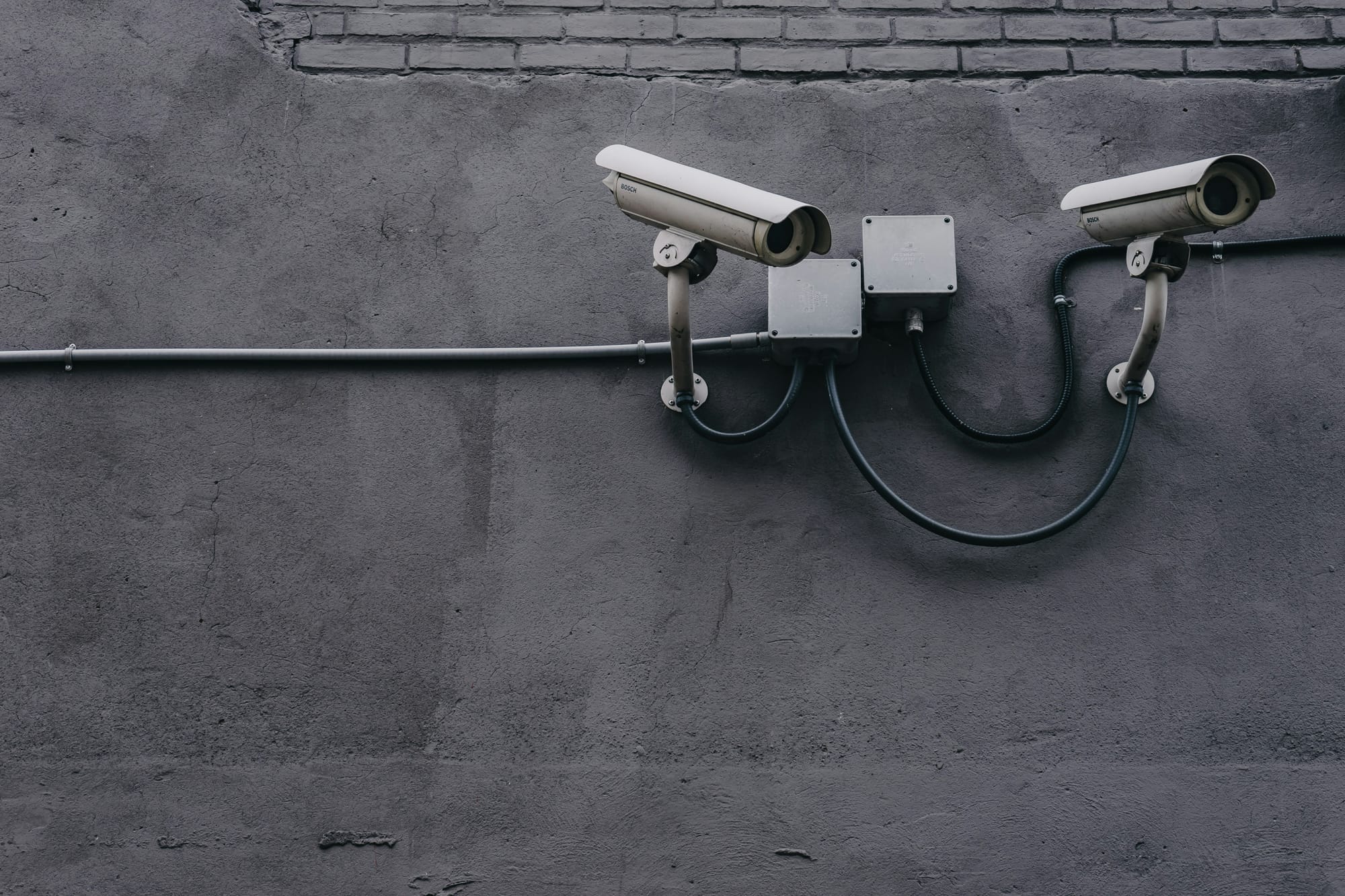TSA To Push REAL ID Deadline to 2027: Is It Time to Stop Delaying?

In a recent announcement, the Transportation Security Administration (TSA) revealed plans to delay the implementation of the REAL ID program until May 5, 2027. This marks yet another extension of a law initially passed in 2005.
The goal of the REAL ID Act was to enhance national security by establishing minimum security standards for state-issued driver's licenses and identification cards. These IDs were to become a requirement for air travel and entry into certain federal facilities. Yet here we are, almost 20 years after its passing, and the deadline has been pushed once again.
What is REAL ID?

The REAL ID Act was passed in response to the 9/11 attacks, seeking to tighten security measures and reduce the risk of terrorism by setting standards for IDs across all U.S. states and territories. A REAL ID-compliant license or ID card requires more rigorous identity verification, ensuring that the person carrying it is who they claim to be. These IDs are marked with a star in the upper corner to distinguish them from non-compliant cards.
Without a REAL ID or an alternative federally accepted identification, such as a passport, travelers will not be able to board domestic flights or access certain federal buildings once the program is fully enforced.
A Series of Delays

The REAL ID implementation was originally slated for 2008 but has seen delay after delay. The COVID-19 pandemic was one of the more justifiable reasons for pushing back the deadline, given the shutdown of government offices and disruptions to daily life. However, with the pandemic largely in the rearview mirror, many are questioning the logic behind continuing to push the deadline. The 2027 extension is being justified as necessary to give both states and residents more time to ensure compliance, but how much more time do people really need?
Let’s face it — REAL ID has been on the radar for well over a decade. Citizens have been receiving notices from their state DMVs, there have been countless reminders at airports, and it’s been a topic in the news for years. While the pandemic understandably delayed things, enough time has passed for people to update their identification. At this point, the excuses for further delays are wearing thin.
Each delay leads to more confusion for travelers and less urgency for states to fully roll out the required changes. Rather than continually pushing the deadline and keeping the public in limbo, the TSA should implement the law without further extensions. The current system, which allows for a mix of REAL ID-compliant and non-compliant licenses, creates a lack of consistency that undermines the purpose of the law in the first place: to increase security and streamline travel identification.
At some point, accountability is needed. Continuing to push the deadline reinforces a culture of procrastination. If we continue on this path, people won’t take the necessary steps to update their IDs until the very last minute — yet again. And who’s to say that another delay won’t happen in 2027?
Why Pushing the Deadline Hurts More Than Helps

By continually pushing the deadline, the TSA sends a message that obtaining a REAL ID isn’t urgent. This not only reduces public motivation to comply, but also makes the entire system less effective. The purpose of the REAL ID is to enhance national security and improve identity verification. Further delays prevent the program from achieving these goals.
There are those who argue that the delay is necessary because some states have been slow to issue REAL IDs, or that certain populations may have difficulty accessing the necessary documents. While these concerns are valid, there have been ample opportunities for people to prepare. States have had years to ensure that the proper infrastructure is in place. Citizens have had repeated notices about the requirements, and federal agencies have provided substantial information to assist individuals in navigating the process.
Final Thoughts
The REAL ID Act was passed almost 20 years ago, and its repeated delays have led to widespread confusion and a lack of urgency among the public. While there may have been valid reasons for some of the extensions, continuing to push back the deadline to 2027 only serves to weaken the credibility of the program and delay important security measures.
In my opinion, the TSA needs to stop postponing the inevitable. People have had enough time to get their IDs updated, and states have had ample opportunity to prepare. It’s time for the federal government to enforce the REAL ID law and put an end to these delays once and for all. If we keep pushing the deadline, we risk turning a crucial security measure into a never-ending saga of procrastination.
Let’s move forward and finally put the REAL ID into effect. Enough is enough.





